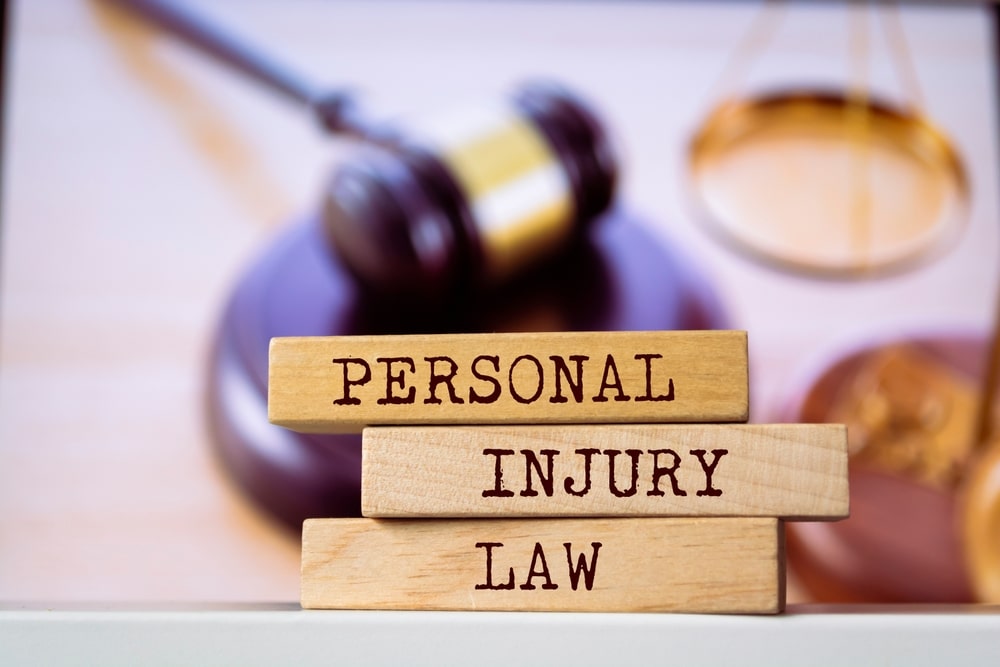January 15, 2024
What are the 3 Types of Damages in Tennessee? Understanding Compensatory, General, and Punitive Differences
In the realm of law, particularly concerning personal injury and civil lawsuits, the term “damages” refers to the monetary compensation sought by individuals who have suffered harm due to the actions or negligence of another party. These damages are categorized into three main types, each designed to address different aspects of loss and deterrence. Compensatory damages are intended to make the plaintiff whole, covering both economic and non-economic losses such as medical bills and pain and suffering.
Punitive damages, on the other hand, serve a different purpose. They are not meant to compensate the injured party but rather to punish the defendant for particularly harmful behavior and to act as a deterrent against future misconduct. Unlike compensatory damages, punitive damages are awarded in a smaller number of cases, typically where the defendant’s actions are found to be especially egregious.

Types of Damages in Personal Injury Cases in Tennessee
In personal injury cases, plaintiffs seek compensation for harm suffered due to a defendant’s actions. Damages are generally classified into three main categories: compensatory, general and special, and punitive.
Compensatory Damages
Compensatory damages are intended to reimburse the plaintiff for direct losses experienced as a result of the personal injury. These are quantified costs that the injured party incurs, covering a range of financial setbacks such as medical bills, property damage, and lost wages. The aim is to restore the financial position of the plaintiff as if the injury had not occurred.
General vs. Special Damages
The two subdivisions of compensatory damages are general damages and special damages. General damages cover non-economic losses, whereas special damages pertain to economic losses.
- General Damages: These address the non-tangible aspects of harm, including pain and suffering, loss of enjoyment, loss of consortium, and emotional distress. Quantifying these damages can be challenging, as they do not have a precise monetary value and often require a jury’s interpretation.
- Special Damages: Contrastingly, special damages are for out-of-pocket expenses that are more easily quantifiable, such as ongoing medical care, earning capacity, and other expenses that can be documented and totaled.
Punitive Damages
Punitive damages serve a different purpose than compensatory damages. They are awarded to penalize the defendant for particularly reckless or intentional misconduct and to act as a deterrent against future egregious conduct. Punitive damages are not tied to the types of losses a plaintiff has suffered, and their awarding is dependent on the court’s view of the defendant’s behavior and the desire to set a public example.
Calculating Damage Awards
Calculating damage awards is a meticulous process that involves assessing various aspects of the plaintiff’s losses to arrive at a fair compensation amount. Precise methodologies are applied depending on the nature of the damages—whether tangible or intangible.
Economic Damages Calculation
Economic damages refer to monetary losses that are concrete and quantifiable. They can include:
- Medical Expenses: The actual costs of medical care provided, ranging from hospital bills to rehabilitation costs.
- Lost Wages: Income lost due to the inability to work as a result of the personal injury.
- Loss of Earning Capacity: When the injury affects the victim’s future potential to earn.
- Out-of-Pocket Expenses: Other financial impacts directly related to the injury.
To calculate these damages, receipts, bills, and employment records are typically collected to establish the precise amount owed.
Non-Economic Damages Calculation
Calculating non-economic damages involves assigning a monetary value to losses that are not as easily quantifiable, such as:
- Pain and Suffering: Covering the physical discomfort and emotional impact following the injury.
- Emotional Distress: Compensating for psychological effects, including anxiety, depression, and insomnia.
- Loss of Enjoyment of Life: For the diminishment of one’s ability to enjoy daily activities and hobbies.
- Loss of Companionship: The impact on relationships and the loss of guidance or care for loved ones.
Courts use different frameworks to evaluate these subjective effects, and awards vary significantly based on the specifics of each case.
Methods for Calculating Pain and Suffering
To determine pain and suffering damages, courts may employ methods such as:
- Multiplier Method: Multiplying the total economic damages by a certain number (the multiplier) based on the severity of the pain and suffering.
- Per Diem Method: Assigning a daily rate of compensation for each day the victim has lived with the pain post-accident, multiplying it by the number of days affected.
The chosen method aims to equitably compensate for the intangible losses suffered by the plaintiff due to the accident or injury.

The Role of Legal Professionals in Damages
In the intricate landscape of a civil lawsuit, legal professionals are the architects of case strategy and the navigators of legal procedures to ensure the just resolution of claims concerning compensatory and punitive damages.
The Plaintiff’s Attorney
The plaintiff’s attorney, often a seasoned Nashville personal injury lawyer, has the pivotal duty of proving the defendant’s negligence and liability. They present evidence that establishes a duty owed to the plaintiff, a breach of that duty, and a causal connection to the damages suffered. In cases of personal injury claims, the lawyer becomes an advocate for securing a fair court award or settlement that encompasses compensatory damages for the client’s losses, which can include medical expenses, lost wages, and pain and suffering.
The Defendant’s Legal Response
On the other side, the defendant’s attorney will mount a robust defense. They scrutinize the plaintiff’s claims, searching for gaps in the logic of comparative fault or contributory negligence. This legal counsel also negotiates with insurance companies for a settlement and represents the client’s interests if the case goes to court. Effective defense takes into account all possible legal precedents and insurance claim limitations that could mitigate liability or challenge the extent of alleged damages.
Court Proceedings and Judgments
During court proceedings, judges and juries evaluate the presented arguments, evidence, and legal standards such as the threshold for negligence or the appropriateness of punitive damages. The judgment follows a deliberation that assesses the degree of liability and quantifies damages with precision. In instances of clear fault, courts may side heavily with plaintiffs, but various factors can lead to reduced awards or rulings favoring the defense. Appeals can further extend the legal battle, aiming to overturn original court decisions or to achieve modified outcomes.




